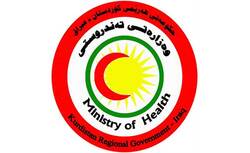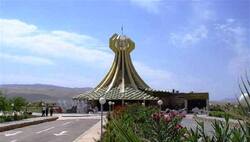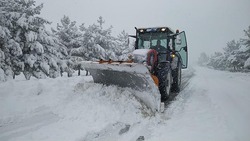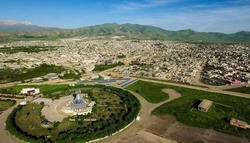Halabja: The full story of a city buried in chemicals within minute
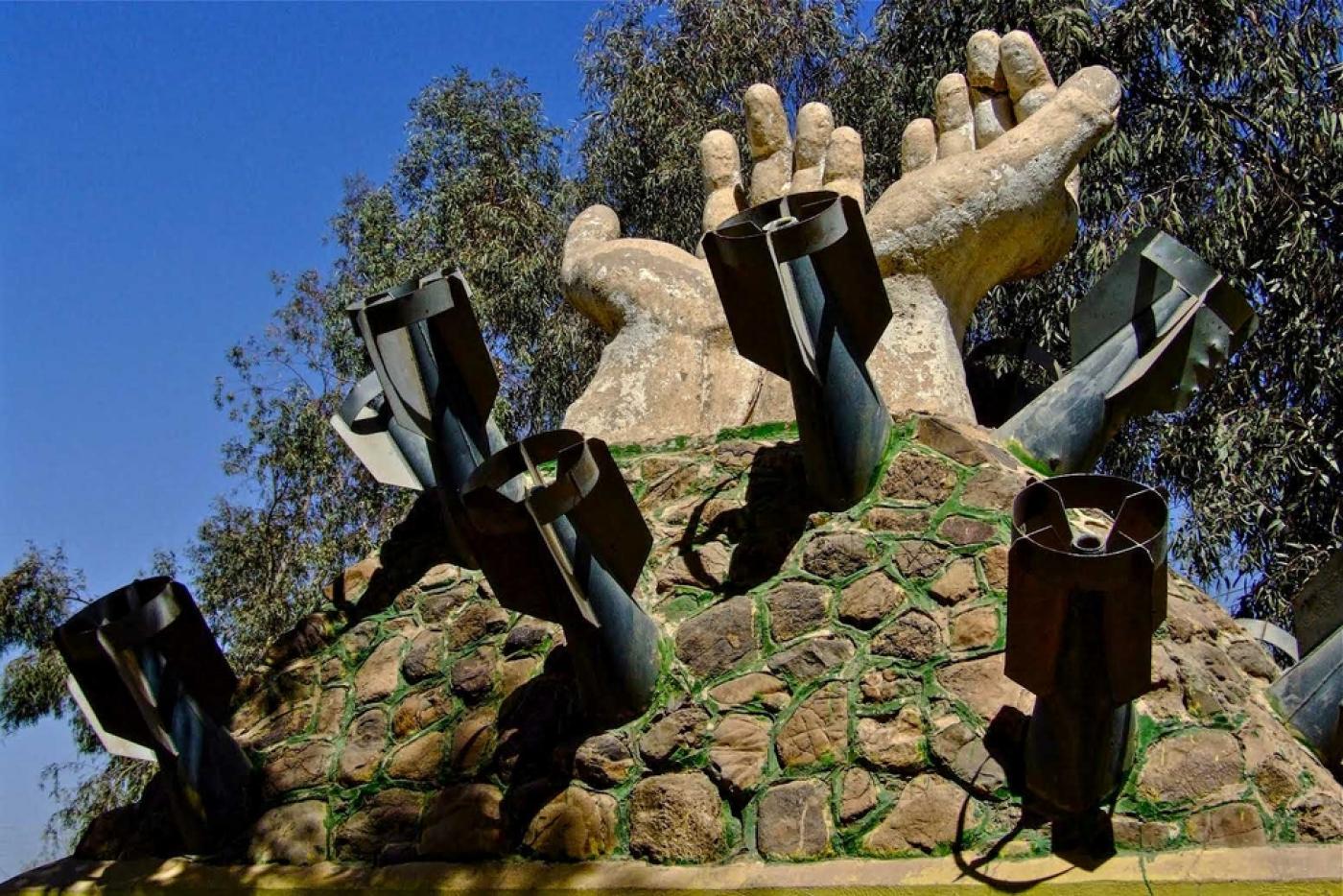
It is undoubtedly a painful occasion since Saddam Hussein's regime carried out the air attack on the city, killing, in a matter of minutes, more than 5,000 people with chemical weapons and injuring some 10,000 others.
Many continue to suffer from health and psychological effects, as well as deformed births.
Misinformation and denial
The attack was carried out on the orders of Saddam Hussein himself, according to official reports and documents revealed later with the collapse of the regime in 2003. It was overseen by the former defense minister, Ali Hassan Al-Majid, who became known as "Chemical Ali" due to his crime that is described as "genocide" per international law as it targeted a specific ethnic group intending to eliminate it.
This anniversary is an occasion to re-highlight the tragedy that was hidden, denied, and underestimated by Saddam Hussein's regime which also accused Iran of carrying it out. Moreover, the more tragic is that the Americans also participated in it and tried to cover Saddam’s crime in the final stages of the Iraq-Iran war - given the ties of interest sought by the Ronald Reagan administration at the time with Saddam Hussein.
This is why many attempts have been made to confirm the facts of that fateful day, 16 March 1988, by many researchers, investigators, human rights institutions, and research institutions - like the Special International Crisis Group for Research, years after the horrific crime, specifically in 2008, recounted the sequence of events before that day.
How did the bombing start?
According to a report by the International Crisis Group, in 1988, the Iraq-Iran war was coming to an end after eight years of bloody fighting. But on March 14, a force of Iran's Islamic Revolutionary Guard Corps and the Peshmerga forces suddenly entered the Kurdish areas, including Halabja and Khurmal districts, as well as camps of Kurds displaced by the brutal "Anfal campaign" led by Ali Hassan Al-Majid in previous months.
The Peshmerga forces surprised Saddam's army units stationed in the area, forcing them to flee, and capturing a large number of them. The Peshmerga regained control of Halabja and the surrounding areas to secure it militarily.
On March 15, Halabja was liberated by the Peshmerga as recalled by the city’s people who celebrated the elimination of the brutality of Saddam's security and military forces. They were also concerned about the evets’ results - given their knowledge of the regime's harsh methods – as about a year earlier, the regime’s forces had completely crushed a neighborhood in Halabja after a protest against the campaign of destruction in the framework of the Anfal campaign.
Saddam's Revenge
Their fears came true. On March 16, warplanes launched chemical strikes on Halabja and Khurmal. An exact figure of the victims was not known because the survivors were civilians and, with the help of the Peshmerga, were buried in mass graves. But overall, 5,000 people were reportedly killed by nerve gas.
According to the Crisis Group, Saddam’s attack on Halabja affected a lot of the Kurds’ morale as the chemical attack’s news spread quickly throughout Kurdistan. Saddam Hussein used this by launching a systematic military campaign aimed not only to uproot the Peshmerga from the area but also to expel its civilian people by displacing them to completely eliminate the need to deal with a "rebellion" in Kurdistan again.
To this day, the Anfal campaign and Halabja crime are still ignored outside Kurdistan, an observation recorded by Human Rights Watch in 1993, five years after the chemical attack. The territory was almost closed to the outside world at the time, and the Kurds were unable to share their suffering and the stories of this tragedy with others.
The events later indicate that many Kurds have been displaced towards Iranian territory and treated there, including many children.
America's Position
According to the Crisis Group, "Iraqi propaganda, backed by its U.S. ally, either denied what happened, downplayed the seriousness of its events, or distorted the facts”. A week after the Halabja attack, the U.S. State Department - based on information provided by the Military Intelligence Agency – said that Iran had also used lethal gases in Halabja, causing enough confusion that the UN Security Council in New York had to postpone a resolution on Halabja for two months, and then condemned the Iraqi and Iranian parties together for using chemical weapons.
Subsequent attempts by the Americans occurred to strengthen such US military intelligence, including those carried out two years later by CIA analyst, Stephen Pelletre, who used the same information that the majority of Halabja victims had been killed by gases used by Iran. Pelletre promoted his claims on several occasions later, but according to the Crisis Group, he did not provide any evidence to support this theory.
The massacre’s paradoxes
However, many experts, researchers, and international organizations - including United Nations bodies - have concluded that Saddam Hussein's regime was directly responsible for the chemical attack, while the survivors still suffer from cancers, respiratory and lung problems, and deformed births until this day.
A remarkable aspect of the events of that period is that the Iranian media was the first to publish pictures of the massacre, where an Iranian journalist named Julistan Kaweh was located about eight kilometers from Halabja when he spotted Iraqi MiG-23 aircraft bombing the city with chemical gas bombs, "The bombing cloud was not as big as a nuclear bomb’s, but multiple smaller and thicker clouds”. He said that he was shocked by the scenes when he arrived in Halabja, although he witnessed similar attacks when Saddam Hussein was bombing Iranian cities with chemical weapons during the war.
Ironically, Saddam Hussein was not tried and executed in 2006 for the Halabja crime or the Anfal campaign, but because of the so-called Dujail case.
Halabja is still in the Kurdish conscience as a martyr city until now.
In another 2002 report by the International Crisis Group, "Arming Saddam: The Role of the Yugoslavian Relations", the study concludes that it was the "tacit approval" of many governments around the world that led the Iraqi regime to be armed with weapons of mass destruction.
